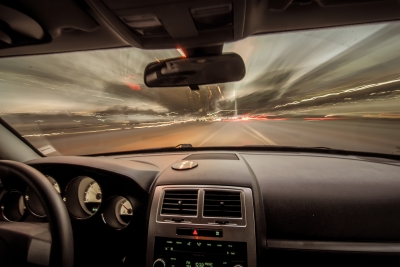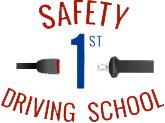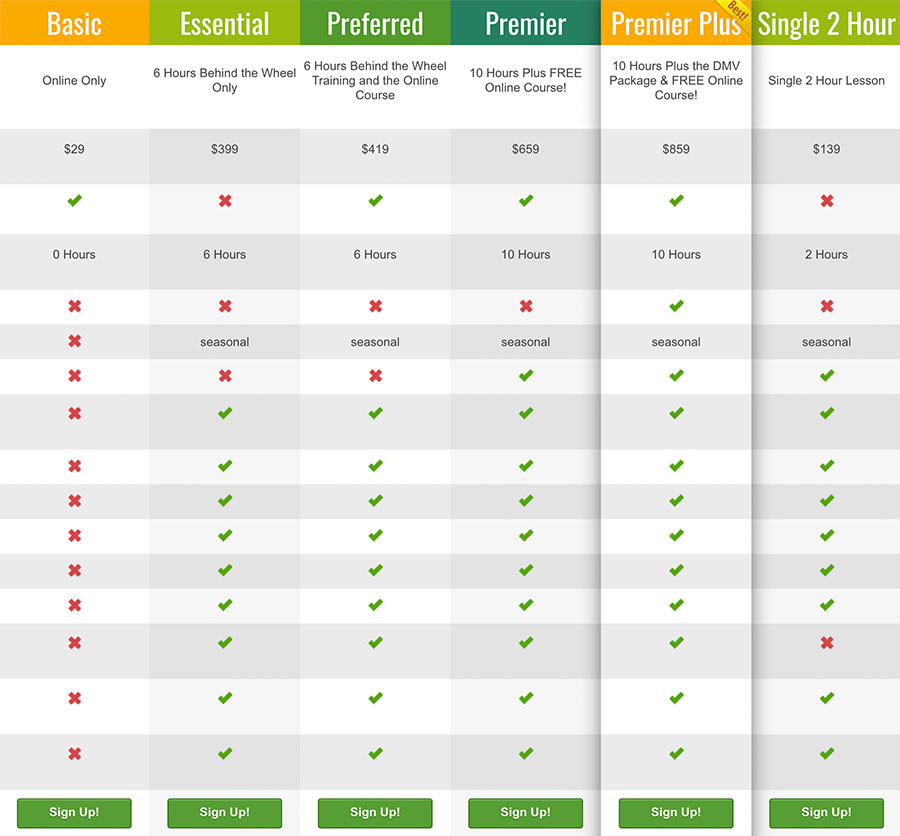
Yet another horrible tragedy has happened in Orange County, reminiscent of last year’s Memorial Day-Jamboree Crash in which three precious young lives were lost.
Teenage drivers. Late at night. No license. Driving too fast. Sadly, it’s a recipe for disaster.
At around 2:15 a.m. Saturday morning, six teenagers were driving on the 5 South, heading home from a night at Knott’s Scary Farm, when the driver veered off the road and up the embankment. The car caught fire and all five passengers died. Only the driver, a 16 year old boy without a license, survived.
Two girls and three boys lost their lives. Four of the kids were in high school, one was in 8th grade. We express our deepest sympathies to the parents and families of these precious children.
You can read more about it here in this Daily Pilot article.
Car accident deaths are an epidemic among teenagers in America. They are THE #1 killer of our teens. And they are preventable.
This has GOT to stop.
Here are the stats:
- Teenage boys are known to be more dangerous behind the wheel than teenage girls. Typically, they are the bigger risk-takers. The driver was a boy.
- More accidents happen when teenage drivers are distracted by passengers. Or cell phones, or music, or any multi-tasking. There were five passengers in the car.
- More accidents happen late at night. They require more sleep, yet they often don’t get enough, so they may be drowsy – plus visibility is poorer at night and inexperienced drivers don’t know how to account for that. It was 2:15 a.m. (two hours past one kid’s curfew).
- Teenagers are known to take dangerous risks behind the wheel (one of the reasons car accidents are the #1 killer of teenagers). Authorities say speed was a factor here.
Here are the laws:
- You cannot legally drive without a license. (Plus if you have a license that probably means you are not an experienced driver.) The driver did not have a license. (We are assuming the BMW was his parents’ vehicle, and we do not know whether he had permission to drive it or not.)
- Teenagers under 17 1/2 years old are not permitted to drive passengers under 20. There were five passengers under 20.
- Teenagers under 17 1/2 are not allowed to drive between the hours of 11 p.m. and 5 a.m. The accident occurred at 2:15 a.m.
- You must obey the posted speed limits. There’s a reason those are there.
If it feels like we are frustrated, it’s because we are. We have devoted our lives to teaching kids to become safe, skilled drivers. Nothing pains us more than to hear of these awful tragedies that are TOTALLY PREVENTABLE with some good sense and parent involvement.
PARENTS: For your kids’ lives’ sake, teach them that driving is a privilege, not a right. Enforce driving and traffic laws in your own home. Set reasonable curfews for your teenagers. Know their friends. Be in their lives. Even if they do have a license, that does not mean they are good, safe, cautious, responsible drivers. The statistics would show they are not. They are definitely inexperienced and often irresponsible, careless, and risky behind the wheel.
We don’t know the circumstances surrounding this accident. The parents of these children may not have known what their kids were really up to. We are not here to judge these parents. We grieve with them and truly hurt for their losses. But let us learn from this tragedy and as adults, let us do better to prevent future teenage car accidents. Help your teenagers be responsible. Show them the value in being cautious, safety conscious, and law-abiding. You do that by modeling it yourself, talking with your kids, and setting boundaries and providing consequences when they are broken.


